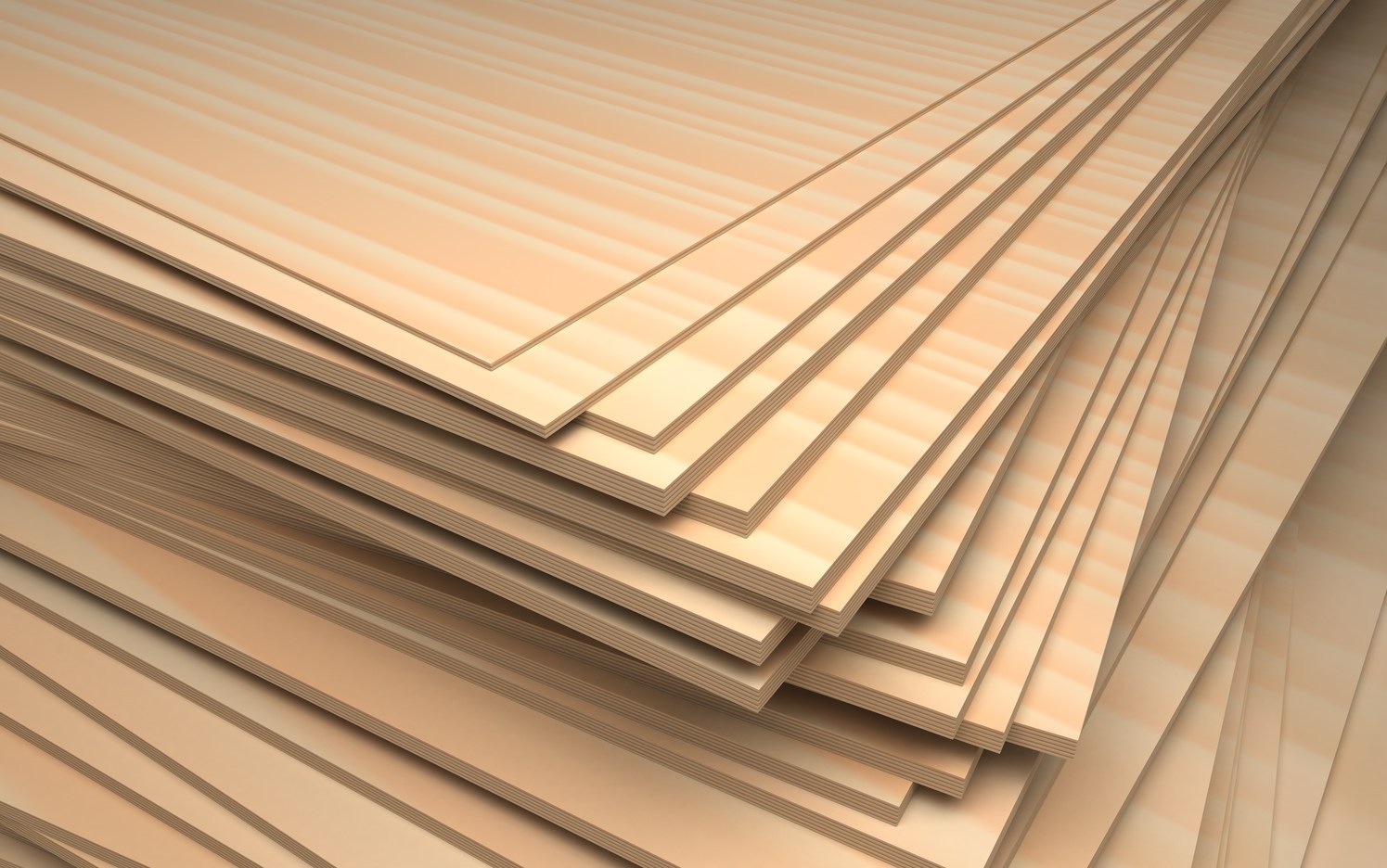Are you in the market for new furniture? When it comes to selecting the best material for your furniture, wood sheets are an ideal choice. Wood sheets offer a unique combination of durability, natural aesthetics, and design versatility that make them a popular option among furniture manufacturers and consumers alike.
In this blog post, we will explore the many advantages of using wood sheets for furniture, discuss their cost-effectiveness, sustainability, ease of processing, customisation options, maintenance, and factors to consider when choosing wood sheets. We will also delve into common applications of wood sheets in furniture making, address potential limitations, and provide practical tips for working with wood sheets effectively.
So, if you are curious about why wood sheets are ideal for furniture, keep reading!

Wood sheets, also known as plywood or engineered wood, are composite materials made from layers of thin wood veneer glued together. These layers are stacked in alternating grain directions, which enhances the strength and stability of the final product. Wood sheets come in various thicknesses and sizes, making them suitable for a wide range of furniture applications.
Wood sheets are manufactured using different types of wood, each with its unique characteristics. Some popular wood types used in manufacturing wood sheets include oak, birch, maple, and pine. Oak is known for its durability and strength, making it a popular choice for heavy-duty furniture. Birch and maple offer a smooth and consistent grain pattern, making them ideal for furniture with a natural and sleek appearance. Pine, on the other hand, is often used for more rustic or country-style furniture due to its distinct grain patterns and warm colour.
Now that we have a basic understanding of wood sheets, let's explore the advantages that make them an ideal choice for furniture making.
In addition to their numerous advantages, wood sheets are also a cost-effective option for furniture production. Compared to solid wood, wood sheets are generally more affordable, making them a budget-friendly choice for both manufacturers and consumers. The layered construction of wood sheets also reduces the amount of wood required, making them a more sustainable and cost-effective alternative.
In today's world, sustainability is a critical factor to consider when choosing materials for furniture. Wood sheets offer several environmental benefits that make them a sustainable choice.
Wood sheets are incredibly easy to process and manufacture, making them a preferred choice for furniture production. They can be easily cut, drilled, and shaped using standard woodworking tools, allowing for efficient and precise manufacturing processes. The layered construction of wood sheets also provides stability during processing, reducing the risk of damage or waste.
One of the greatest advantages of using wood sheets for furniture is the ability to customise them to meet specific design requirements. Wood sheets can be easily veneered, stained, painted, or finished to achieve the desired appearance and style. Whether you prefer a natural wood finish, a vibrant colour, or a distressed look, wood sheets offer endless possibilities for customisation.
Proper maintenance is essential to ensure the longevity of furniture made from wood sheets. Regular dusting and cleaning with a mild detergent can help preserve the natural beauty of the wood. Additionally, applying a protective finish or sealant can enhance the durability and resistance to wear and tear. With proper care, furniture made from wood sheets can last for generations, making them a sustainable and long-lasting investment.
When selecting wood sheets for furniture, there are several factors to consider to ensure you choose the right material for your needs.
Wood sheets are widely used in furniture making due to their versatility and strength. They can be found in various furniture pieces, including cabinets, tables, chairs, shelves, and even flooring. The ability to create intricate designs and shapes makes wood sheets an excellent choice for both functional and decorative furniture elements.
While wood sheets offer many advantages, it is important to address some potential limitations. Wood sheets can be susceptible to moisture damage if not properly sealed or maintained. They can also be more prone to scratches and dents compared to solid wood. However, with proper care and maintenance, these limitations can be mitigated.
Working with wood sheets requires specific techniques and considerations to ensure the best results. Here are a few tips to keep in mind:
In conclusion, wood sheets offer a wide range of advantages that make them an ideal choice for furniture making. Their durability, natural aesthetics, design versatility, cost-effectiveness, sustainability, ease of processing, customisation options, and longevity make them a preferred material among furniture manufacturers and consumers.
By considering important factors such as thickness, grade, quality, and moisture resistance, you can select the right wood sheets for your furniture projects. With proper care and maintenance, furniture made from wood sheets can be enjoyed for years to come.
So, whether you are furnishing your home or designing a commercial space, consider the many benefits of using wood sheets for your furniture needs.